How Hot Does a Microwave Get? The Science Behind Microwave Heating
Microwaves are a common part of many households. But have you ever stopped to wonder how they work? Or, more specifically, how hot do they get? In this blog post, we will take a closer look at the science behind microwave heating. Here you will get the answer to the question of how hot microwaves get and discuss some of the factors that affect their heating power.
How does a Microwave Oven Work?
The first microwaves were developed by the military in radar technology. They are now used in commercial and household ovens. Microwaves use radio frequency to heat food. The microwaves cause water molecules in the food to move and collide. This creates friction and generates heat. The microwaves penetrate the food, cooking it from the inside out.
Microwave ovens cook differently than traditional ovens because they use direct heat rather than radiant heat. Radiant heat cooks food by heating it from the outside in, while direct heat cooks food by heating it from the inside out and then radiating to the outside. Because of this, microwave ovens can create a hotter internal temperature than a traditional oven without burning or charring the exterior of the food.
A typical microwave oven uses a magnetron to generate microwaves. These microwaves are then directed into the cooking chamber, where they bounce around until they are absorbed by the food. Microwave energy is transformed into heat as it is absorbed by water molecules in the food, causing them to vibrate faster and create friction that produces heat. The oven’s timer cycles on and off to control how long the food is exposed to microwaves, which in turn controls how much heat is generated [1].
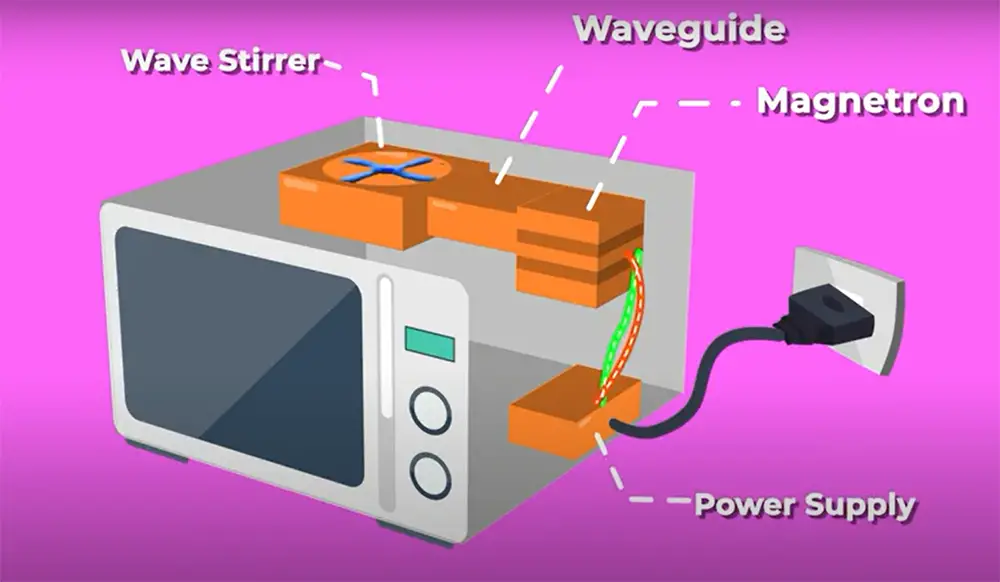
The Highest Temperature Objects Can Reach in a Microwave
The highest temperature that can be achieved in a microwave is determined by the power output of the microwave. Microwaves with higher wattage can generate higher temperatures. For example, a 1000-watt microwave will generate a hotter temperature than a 700-watt microwave. The time the food is cooked also plays a role in how hot the food gets. The longer the food is cooked, the hotter it will become.
When microwaving food, it is important to ensure that the food is cooked evenly. If the food is not cooked evenly, it can become overcooked in some areas and undercooked in others. This can lead to uneven heating and the formation of hotspots. To avoid this, it is important to stir the food several times during cooking and to rotate the dish if possible.
What Affects the Temperature in a Microwave?
The power of the microwave, measured in watts, will affect how hot your food gets. A lower wattage microwave will heat food more slowly and unevenly, while a higher wattage microwave will heat food quickly and evenly. The size of the microwavable container can also affect heating times – a larger container will take longer to heat than a smaller one.
Another factor that affects how hot your food gets is the time you cook it for. Obviously, the longer you cook something, the hotter it will get. But be careful – if you overcook something in the microwave, it can become dry or burnt. Finally, you should consider other factors.
The Wattage of Your Microwave Matters
The wattage of your microwave will have a big impact on how hot your food gets. A lower wattage microwave will heat food more slowly and unevenly, while a higher wattage microwave will heat food quickly and evenly.
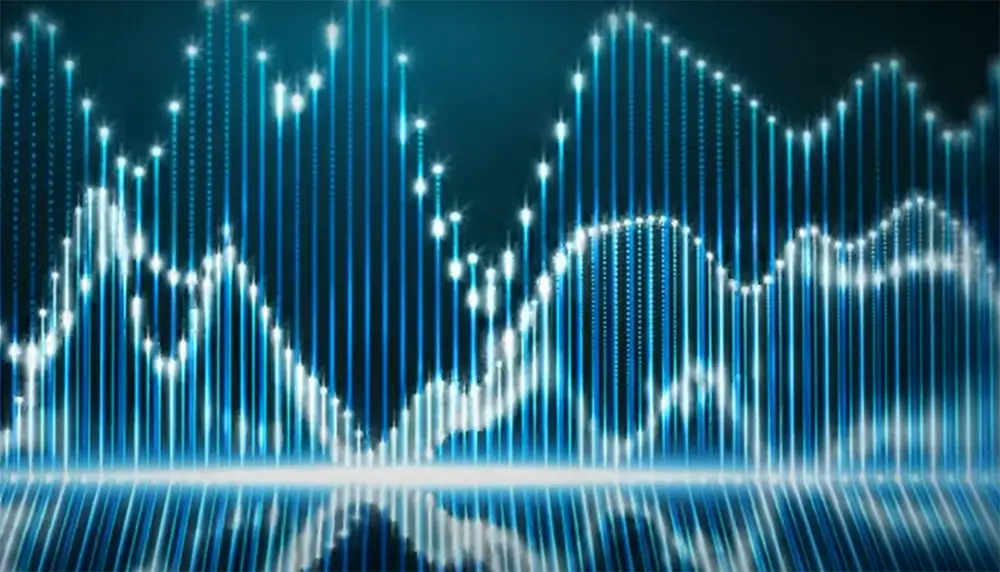
For example, if you’re reheating a cup of coffee in a 1000-watt microwave, it’ll only take about 45 seconds. But if you’re reheating the same cup of coffee in a 700-watt microwave, it’ll take about 60 seconds. So, if you want to reheat your food quickly and evenly, make sure you have a high-wattage microwave [2].
The Amount of Water in the Food Matters
The amount of water in the food also affects how hot it gets. Foods with a lot of water, like soup, will heat up more quickly than dry foods, like chips.
This is because water is a good conductor of heat. When microwaves hit water molecules, they cause the molecules to vibrate. This vibration creates heat, which is then transferred to the rest of the food. So, if you’re trying to reheat something quickly, make sure it has a lot of water.
On the other hand, if you’re trying to avoid overcooking your food, you should choose dryer foods. Microwaving dry foods for too long can cause them to catch on fire.
The Size and Shape of the Food Matters
This is because microwaves heat food from the outside in. So, if you have a large piece of meat, for example, the outside will be overcooked by the time the inside is heated through. To avoid this, make sure you cut your food into small pieces. And if you’re reheating something flat, like a pancake, turn it so that it’s standing on its edge.
The Temperature of the Food Matters
Finally, the starting temperature of the food will also affect how hot it gets. If you’re reheating something that’s already hot, it’ll only take a few seconds. But if you’re reheating something cold, it’ll take longer.
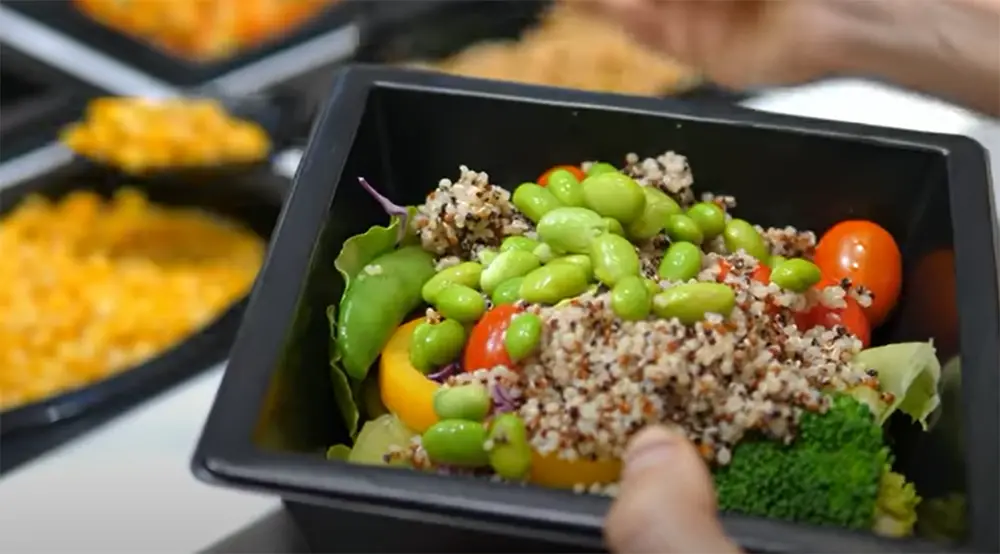
So, if you’re in a hurry, make sure your food is already warmed up before you put it in the microwave. Otherwise, you’ll be waiting a while for your food to heat up.
As you can see, there are a lot of factors that affect how hot your food gets in the microwave. The wattage of the microwave, the amount of water in the food, the size and shape of the food, and the starting temperature of the food all play a role. So, if you’re trying to reheat your food quickly and evenly, make sure you keep these factors in mind.
Rules of Thumb When Cooking in Your Microwave
While the average microwave will heat food to well over 93 degrees Celsius, there are some general rules of thumb you can follow to ensure your food is cooked properly.
First, consider the size and density of the food you’re cooking. Larger, denser foods will take longer to cook than smaller, lighter foods. Second, add a little bit of time to your cooking time if you’re cooking more than one item at a time.
Microwaves work by heating water molecules in your food, so if you’re cooking multiple items, there will be less water for the microwave to heat and it will take longer as a result. Finally, don’t forget that microwaves continue to cook food even after they’ve been turned off, so if you’re not sure if your food is done, always give it a little extra time [3].
Can a Microwave Get Too Hot and Shut Down?
Nope! A microwave oven will not overheat and shut down on its own. However, if something is placed in the oven that is too large or too many items are being heated at once, the microwave could potentially shut down to protect itself from overheating. In this case, you would need to wait for it to cool down before using it again.

The microwave can shut down if it detects something like a metal pan being placed inside of it. This is because the microwaves will bounce off of the metal and create hotspots in the oven that could cause damage or even start a fire. Moreover, if something is placed in the oven that is too large or too many items are being heated at once, the microwave could potentially shut down to protect itself from overheating.
What dishes can you cook in the microwave?
In general, any dish that can be cooked in a regular oven can also be cooked in the microwave. However, there are some exceptions. For example, you typically wouldn’t cook a cake in the microwave because it would not rise properly. Additionally, dishes that require browning or crisping (like bacon) are not well-suited for the microwave.
Just about anything can be microwaved – even popcorn! All you need is a microwave-safe bowl or container and some popcorn kernels. Place the kernels in the bowl, cover them with a little bit of oil, and cook them on high for about two minutes. Voila – homemade popcorn!
In general, any dish that can be cooked in a regular oven can also be cooked in the microwave. However, there are some exceptions. For example, you typically wouldn’t cook a cake in the microwave because it would not rise properly. Additionally, dishes that require browning or crisping (like bacon) are not well-suited for the microwave.
Comparison of Maximum Temperature Reached in Microwaves
Microwaves are a common kitchen appliance used for heating and cooking food. One important aspect of microwave cooking is understanding the maximum temperature that can be reached inside the microwave cavity. This table provides a comparison of various methods and their associated maximum temperatures in the microwave, measured in the imperial system.
The table below compares the maximum temperatures reached using different methods in a microwave. The methods include heating water, heating oil, and heating a ceramic plate. Each method is evaluated for its ability to reach high temperatures, as some foods or cooking processes require specific temperature ranges to achieve desired results.
| Method | Maximum Temperature (°F) |
|---|---|
| Heating Water | 212°F (boiling point) |
| Heating Oil | Approximately 350-375°F |
| Heating Ceramic Plate | Varies depending on plate type and size, typically 200-500°F |
In this table, the method “Heating Water” represents heating a container of water in the microwave. The maximum temperature for this method is the boiling point of water, which is 212°F.
The method “Heating Oil” refers to heating a container of cooking oil in the microwave. The maximum temperature achieved with oil can vary, but it typically ranges between 350-375°F.
The method “Heating Ceramic Plate” involves placing a ceramic plate in the microwave to heat it. The maximum temperature reached with this method can vary depending on the type and size of the plate but typically falls within the range of 200-500°F.
Please note that these temperatures are approximate and can vary depending on the specific microwave model, power settings, and cooking times. It’s important to follow the manufacturer’s instructions and exercise caution when heating items in the microwave to avoid overheating or potential hazards.
FAQ
How hot does a microwave get in 30 seconds?
The temperature of a microwave can exceed 93 degrees Celsius in just 30 seconds. This intense heat is what cooks food quickly and evenly.
How hot does a microwave get in one minute?
In one minute, the temperature of a microwave can reach around 400 degrees Fahrenheit. This level of heat is more than enough to cook most types of food.
What are some dangers associated with microwaves?
Some people believe that microwaves produce harmful radiation that can be dangerous to your health. However, scientific evidence has shown that this type of radiation is not harmful. Additionally, it’s important to remember that microwaves are safe to use as long as they are used properly. Improper use could lead to fires or other accidents.
How hot is the average microwave?
The average microwave oven produces heat between 700 and 1000 watts. This level of heat is more than enough to cook most types of food.
How long would a human survive in a microwave?
A human can survive in a microwave for about two minutes before suffering from severe burns. However, it is important to note that this is only an estimate and the actual time may be shorter or longer depending on the individual’s health and the intensity of the heat.
How hot can an oven get?
An oven can reach temperatures of up to 260 degrees Celsius. This level of heat is more than enough to cook most types of food. The temperature of a microwave can exceed 93 degrees Celsius in just 30 seconds. This intense heat is what cooks food quickly and evenly.
Can an ant survive in a microwave?
Yes, an ant can survive in a microwave. However, the ant will likely be killed by the heat after a few seconds.
What is the difference between an oven and a microwave?
The main difference between an oven and a microwave is that an oven produces heat from the bottom of the food, while a microwave produces heat from the top. This difference in heating style can affect how quickly food cooks. Additionally, microwaves are often smaller than ovens, which means they can’t cook as much food at once.
Why does metal spark in the microwave?
Metal sparks in the microwave because it is a conductor of electricity. When the microwaves hit the metal, they cause a sudden increase in the electric current. This increase in current can cause sparks or even fires. It is important to remember that microwaves are safe to use as long as they are used properly. Improper use could lead to fires or other accidents.
How hot does a microwave get when used for cooking?
When used for cooking, a microwave typically heats food to temperatures ranging from 165°F (74°C) to 212°F (100°C). These temperatures are considered the safe range for cooking food and killing harmful bacteria.
How hot does a microwave get when defrosting food?
When defrosting food in a microwave, the temperature typically reaches around 40°F (4°C) to 140°F (60°C). This range is considered safe to thaw frozen food quickly while minimizing the growth of bacteria.
How hot does a microwave get when used for boiling water?
When boiling water in a microwave, the temperature can reach up to 212°F (100°C), which is the boiling point of water at sea level. However, it’s important to note that water heated in a microwave may not exhibit the same visual cues of boiling, such as bubbling, due to the lack of convection.
How hot does a microwave get when used for heating beverages?
When heating beverages in a microwave, the temperature typically varies based on the initial temperature of the beverage and the power setting used. It’s common for microwave-heated beverages to reach temperatures between 140°F (60°C) and 160°F (71°C).
How hot does a microwave get during the “self-cleaning” cycle?
The “self-cleaning” cycle is a feature found in some microwaves. During this cycle, the microwave can heat up to temperatures around 900°F (482°C) to burn off food residue and stains. It’s important to follow the manufacturer’s instructions when using the self-cleaning feature to ensure safety and avoid damage to the microwave.
How hot does a microwave get during a malfunction or misuse?
During a malfunction or misuse, a microwave can potentially reach extremely high temperatures that pose a safety hazard. Some malfunctions can cause the microwave’s internal components to overheat, leading to temperatures exceeding 500°F (260°C) or more. It’s crucial to use microwaves properly, avoid using them with damaged or non-microwave-safe items, and promptly address any malfunctioning issues.
How hot does a microwave get when sterilizing baby bottles?
When using a microwave to sterilize baby bottles, the temperature typically ranges from 140°F (60°C) to 170°F (77°C). This temperature range helps ensure effective sterilization by killing harmful bacteria and germs present on the bottles.
How hot does a microwave get when reheating leftovers?
When reheating leftovers in a microwave, the temperature can vary depending on the initial temperature of the food and the power setting used. Generally, microwave reheating can raise the temperature of leftovers to around 165°F (74°C) or higher, which is considered a safe temperature to kill bacteria and ensure food safety.
How hot does a microwave get when melting butter or chocolate?
When melting butter or chocolate in a microwave, the temperature typically reaches around 90°F (32°C) to 110°F (43°C). It’s important to use low power settings and short intervals when melting these ingredients to prevent overheating and ensure a smooth texture.
How hot does a microwave get when toasting nuts or seeds?
When toasting nuts or seeds in a microwave, the temperature can reach approximately 350°F (177°C). Toasting in a microwave is often done using short bursts of high power to gradually heat and brown the nuts or seeds.
How hot does a microwave get when sterilizing kitchen sponges?
When using a microwave to sterilize kitchen sponges, the temperature can reach around 200°F (93°C) to 212°F (100°C). This high temperature helps kill bacteria and sanitize the sponge. It’s important to wet the sponge before microwaving and follow proper safety precautions to avoid burns.
How hot does a microwave get when popping popcorn?
When popping popcorn in a microwave, the temperature inside the microwave can reach around 400°F (204°C). The intense heat causes the water content inside the popcorn kernels to turn into steam, leading to the popcorn popping and expanding.
How hot does a microwave get during a short circuit or electrical failure?
In the event of a short circuit or electrical failure, a microwave can become extremely hot, often exceeding its normal operating temperature. Temperatures in such cases can vary, but it’s not uncommon for a malfunctioning microwave to reach temperatures of 400°F (204°C) or higher. It’s crucial to have proper electrical systems and safeguards in place to prevent such situations and ensure safety.
Useful Video: How Do Microwave Ovens Work?
Conclusion Paragraph
So, how hot does a microwave get? The answer is: it depends. Microwave heating is a complex process that is affected by many factors, including the type of food being heated, the wattage of the microwave, and the time set for heating. In general, though, microwaves can reach temperatures well above boiling point – enough to cook food quickly and evenly.
References:
- https://www.explainthatstuff.com/microwaveovens.html/
- https://kitchenapplianceanswer.com/what-is-the-highest-temperature-microwave-can-reach/
- https://www.wikihow.com/Cook-in-a-Microwave-Oven/












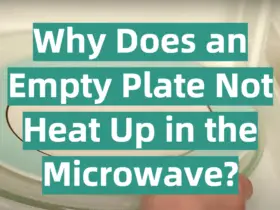
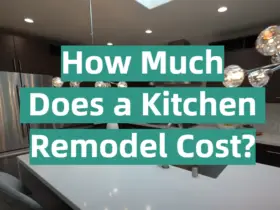
Leave a Reply